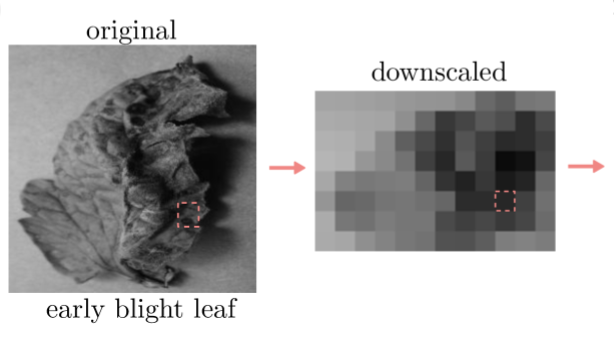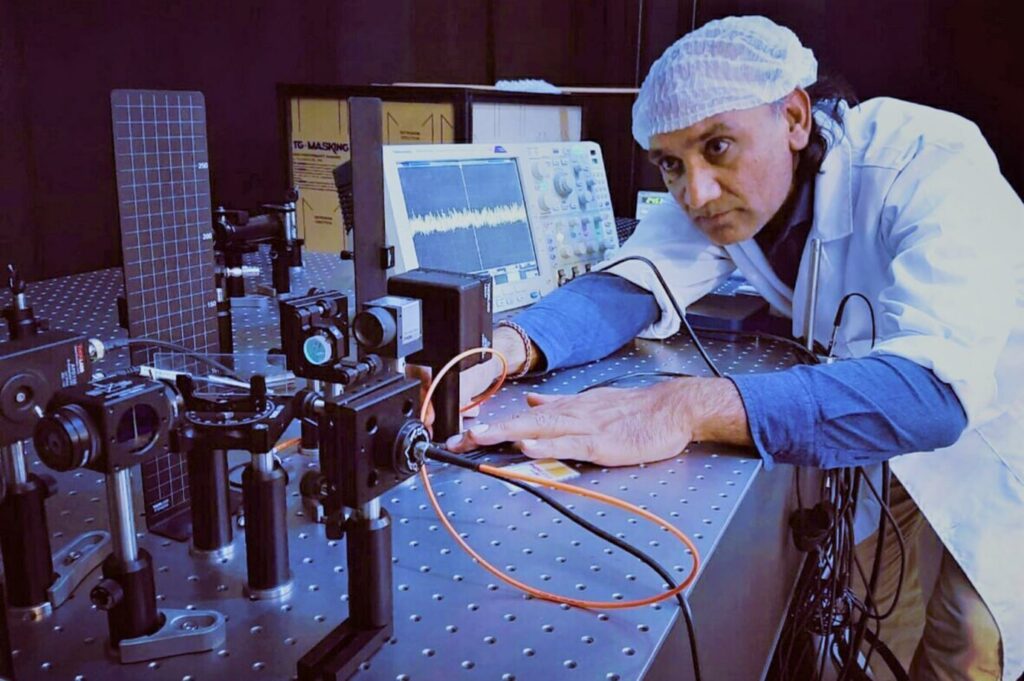Insider View
- Researchers report they achieved on-demand storage of photonic qubits at telecom wavelengths using a laser-written waveguide fabricated in an erbium-doped crystal.
- The work could lead to the construction of large-scale quantum networks based on existing fiber networks.
- The research team was based at the University of Science and Technology of China (USTC) of the Chinese Academy of Sciences (CAS).
A research team from the University of Science and Technology of China (USTC) of the Chinese Academy of Sciences (CAS) report they achieved on-demand storage of photonic qubits at telecom wavelengths using a laser-written waveguide fabricated in an erbium-doped crystal.
The team, led by Prof. GUO Guangcan, said work demonstrates an essential request for fiber-based quantum networking applications, and is a leap in the construction of large-scale quantum networks based on existing fiber networks. The researchers published their findings in Physical Review Letters.
According to the team, quantum memories are crucial devices in quantum networks. In order to construct quantum networks using current optical fiber networks, such devices ought to function at telecom wavelengths. However, due to their fixed read-out time, preexisting quantum memory systems at telecom wavelengths were unable to realize on-demand storage.
In this study, researchers processed a fiber-integrated quantum memory at telecom wavelengths based on a laser-written waveguide fabricated in an erbium-doped yttrium silicate (167Er3+:Y2SiO5) crystal.

In order to realize on-demand storage and retrieval, the researchers glued and integrated ordinary single-mode fibers at both ends of the waveguide. They used electronic evaporation technology to fabricate on-chip electrodes on both sides of the waveguide. To further increase storage efficiency, they polarized the electron spin of the erbium ion and initialized its nuclear spin state.
Such methods resulted in a fivefold increase (up to 10.9%) in the photon storage efficiency, compared with previously reported results. Besides, the fidelity of on-demand quantum storage reached 98.3%, reducing the loss in long-distance optical fiber transmission by a significant extent.
For more market insights, check out our latest quantum computing news here.




















